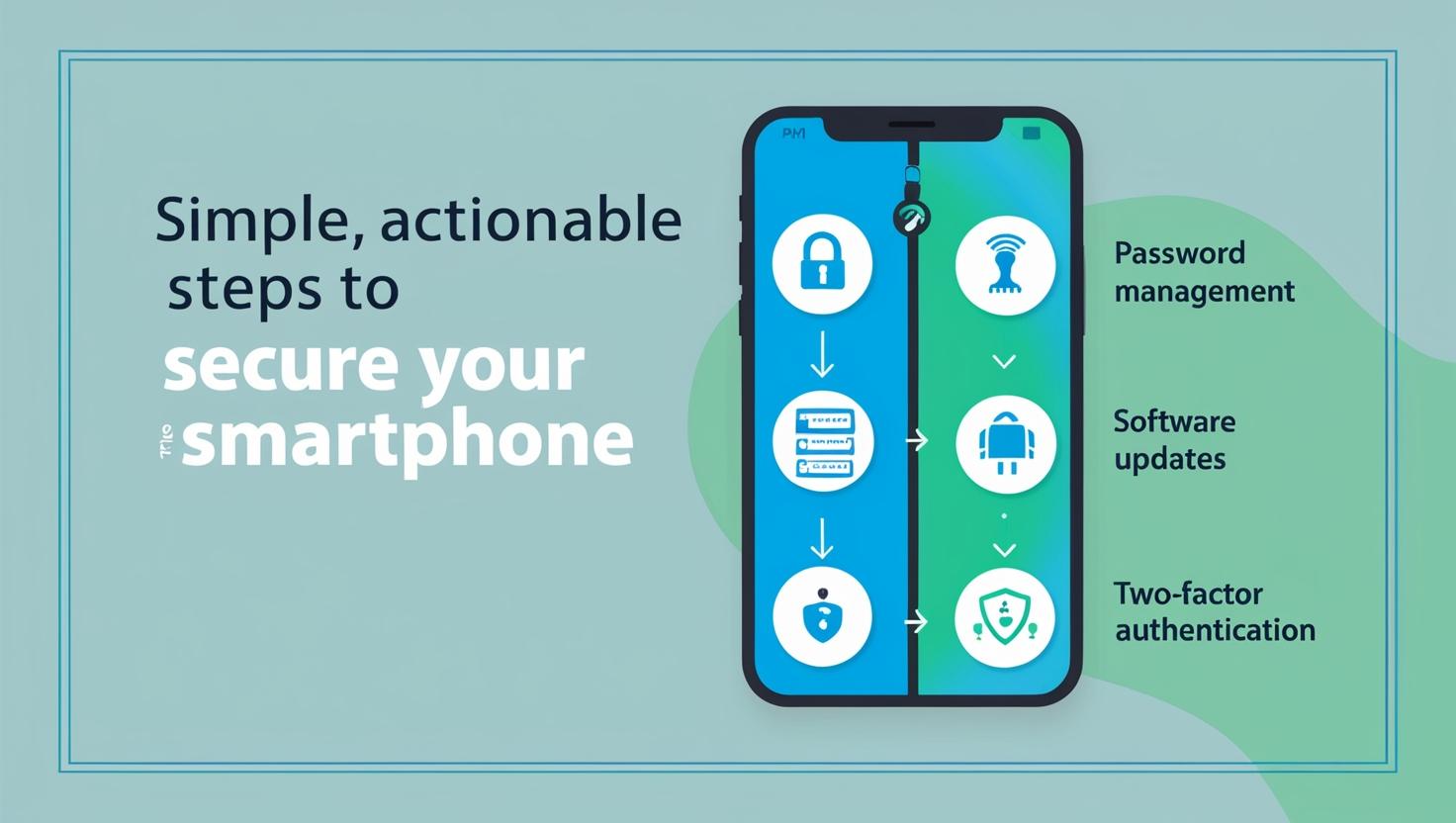
Once upon a time, the telephone had one job: to make a call. A solid rotary phone sitting in your hallway was your gateway to the world—no internet, no apps, no notifications, no distractions. It was simple. It was sturdy. It was probably avocado green.
Fast forward to today: Your smartphone isn’t just a phone—it’s your wallet, your camera, your mailbox, your calendar, your social network, your bank, your navigation system, your health tracker, your remote control, and for some of us, even our personal therapist.
In fact, if you think about it, our smartphones have become so critical to our lives that losing one or having it compromised would feel like needing a disaster recovery plan or a life continuity plan. (Honestly, some of us should have one written up—backup phone, secondary cloud account, emergency contacts laminated and everything!)
Given how much these tiny devices carry, it’s shocking how few people actively take steps to secure them.
So let’s fix that. Here’s your practical, no-nonsense guide to securing your smartphone.
Set a Strong Screen Lock
First line of defense: your lock screen. If your phone unlocks with just a swipe or a four-digit PIN like 1234, you’re practically rolling out a red carpet for anyone who gets their hands on it.
What to do:
- Use a strong passcode (6 digits minimum, or better yet, a passphrase if your device allows it).
- Enable biometric authentication like fingerprint or facial recognition.
- Set your device to auto-lock after a short period of inactivity (30 seconds to 1 minute).
Pro Tip: Convenience is great, but security should come first. It’s better to tap a few more times than to regret it later.
Keep Your Operating System and Apps Updated
Software updates aren’t just about new emojis or camera filters. They patch security vulnerabilities that hackers are constantly looking to exploit.
What to do:
- Turn on automatic updates for both your operating system (iOS or Android) and your apps.
- Regularly check for pending updates and install them promptly.
Skipping updates is like leaving your front door half-open during a storm.
Use Two-Factor Authentication (2FA) Wherever Possible
Yes, 2FA again—because it’s that important.
What to do:
- Enable 2FA on your most important apps and services: email, banking, social media, cloud storage.
- Use an authenticator app (like Google Authenticator, Authy, or Microsoft Authenticator) instead of relying solely on SMS codes.
Even if someone steals your password, 2FA can stop them at the door.
Encrypt Your Phone’s Data
Most modern smartphones encrypt data by default, but it’s good to double-check. Encryption scrambles your data, making it useless to anyone who doesn’t have the decryption key (a.k.a. your password or biometric scan).
What to do:
- Check your settings for device encryption and make sure it’s turned on.
- If available, enable Secure Boot or Verified Boot options.
Be Wary of Public Wi-Fi
That “Free Airport Wi-Fi” might be free—but it could also be free entry into your personal data for hackers.
What to do:
- Avoid accessing sensitive accounts (like banking) on public Wi-Fi.
- Use a trusted VPN if you must use public networks.
- Turn off automatic connection to open Wi-Fi networks.
Remember: Free Wi-Fi often comes with hidden costs.
Install Apps Only from Trusted Sources
Downloading random apps from unknown developers is a lot like taking candy from strangers—sometimes, you regret it immediately.
What to do:
- Stick to official app stores like Google Play or the Apple App Store.
- Read app reviews carefully.
- Pay attention to the permissions apps ask for—does that flashlight app really need access to your contacts and camera?
Manage App Permissions Smartly
Even legitimate apps sometimes overreach.
What to do:
- Go through your app permissions and revoke access to anything that doesn’t make sense.
- For example: If a shopping app is asking for your microphone and location at all times, that’s suspicious.
Minimal permissions = maximal security.
Regularly Back Up Your Data
Imagine losing your phone and losing every photo, contact, note, and password stored on it. That’s why backups matter.
What to do:
- Use iCloud, Google Drive, or another secure cloud service.
- Set up automatic backups if available.
- Periodically test your backups to ensure they actually work.
A good backup plan turns a potential disaster into a minor inconvenience.
Enable “Find My Device” Features
If your phone is lost or stolen, tracking it remotely can help recover it—or wipe your data if needed.
What to do:
- iPhone: Turn on Find My iPhone under iCloud settings.
- Android: Enable Find My Device through Google settings.
It’s like a GPS tracker for your entire life.
Bonus Tip: Create Your Life Continuity Plan
If your smartphone is truly the center of your world, don’t wait for a catastrophe to realize how unprepared you are.
Draft a basic recovery plan:
- Backup phone or SIM card?
- Access to key accounts via secondary authentication?
- Trusted emergency contacts who can help you recover accounts?
You don’t need a corporate IT team—you just need a smart strategy.
Final Thoughts: Treat Your Smartphone Like It’s Worth Protecting (Because It Is)
- The humble telephone has evolved from a simple audio device to something that now manages our homes, our finances, our communications, our work, our memories, and even our health.
- It deserves better than a simple swipe-to-unlock.
- Securing your smartphone is securing your life. Take the steps now—because a few small habits today can save you from a massive headache tomorrow.
What’s your best tip for keeping your phone secure? Have you ever lost a phone and had to scramble to recover everything? Share your experience in the comments!
#CyberSecurity #SmartphoneSecurity #MobileSecurity #OnlineSafety #TechTips #StaySafeOnline #DigitalLife #PhoneProtection #LifeContinuity
